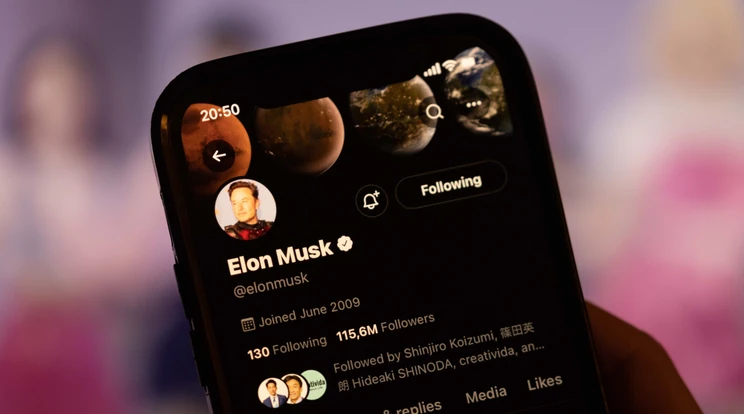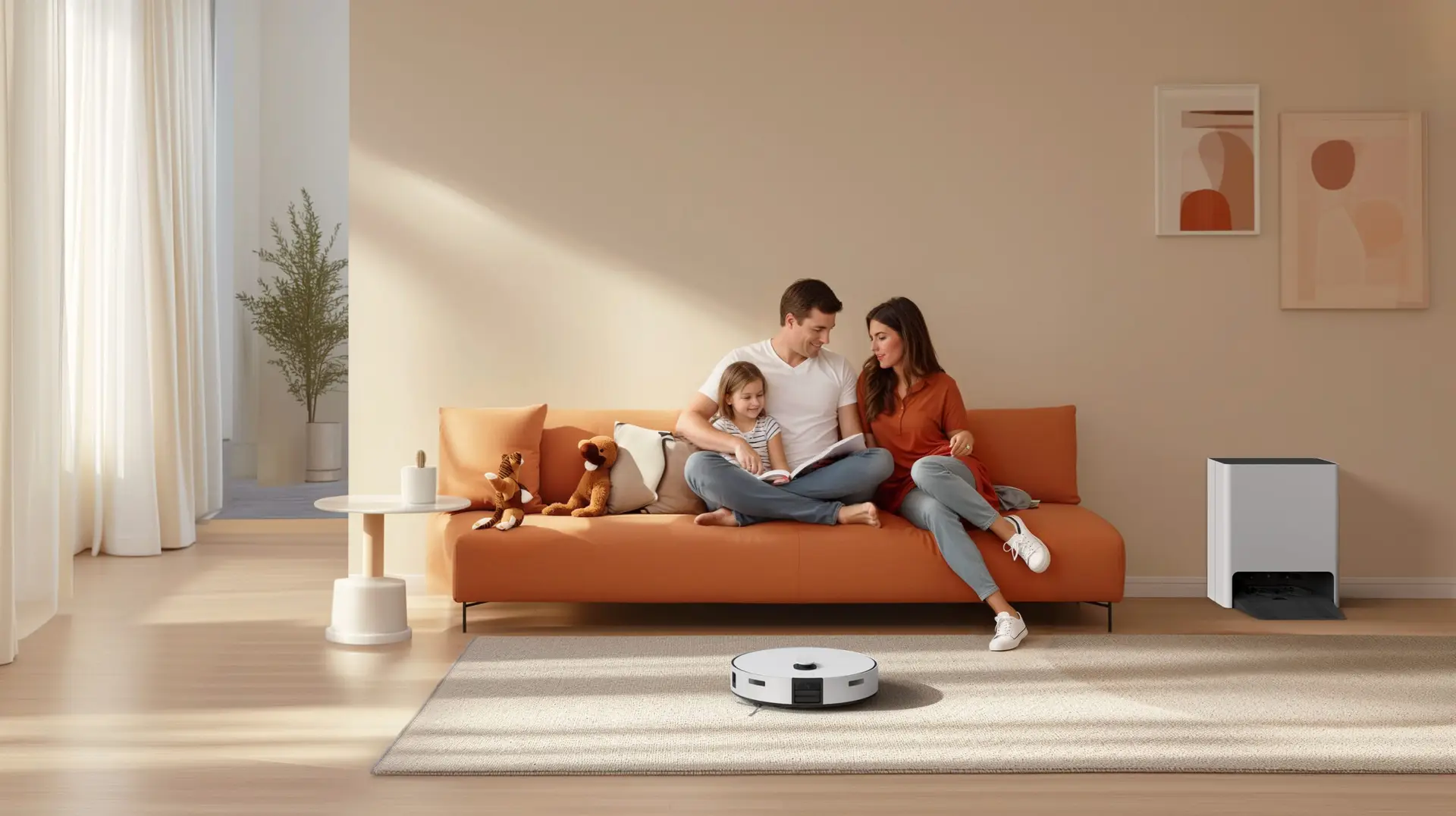In the digital world, more and more people are turning on dark mode in the hope of saving energy and extending the battery life of their devices. But recent research suggests that the opposite may be true: according to BBC Research & Development (R&D) experts, dark mode often consumes more power, not less.
In the study, participants tested light and dark mode versions of the BBC Sounds website, while adjusting the screen brightness to a level that was comfortable for them. 80% of people significantly increased the display brightness while using dark mode. This ‘rebound effect’ is precisely what causes the supposedly energy-saving setting to use more power.
The general view of dark mode has been that it requires less power, especially for OLED displays. But BBC researchers point out that laboratory theories do not always match real life, where user habits can lead to unexpected results.
Zak Datson, an engineer in the research team, said:
“It’s great that many people are trying to make greener choices, but many sustainability recommendations are oversimplified. Dark mode, for example, can actually use more energy than light mode.”
Performance ≠ energy saving
The team also looked at other factors, such as whether more responsive (faster loading) websites consume less energy, or whether the amount of data transfer can be used to infer consumption. The answer is: there is no strong correlation. So optimizing for performance does not necessarily mean lower energy consumption.
What can we really do?
According to the BBC experts, the easiest and most energy-efficient way to save energy is to reduce the brightness of your display and use smaller devices if you can. These changes can actually make a noticeable difference to energy consumption.
So the lesson is simple: digital energy efficiency is not always black and white – even if the screen is.
Read the full article HERE to read.






